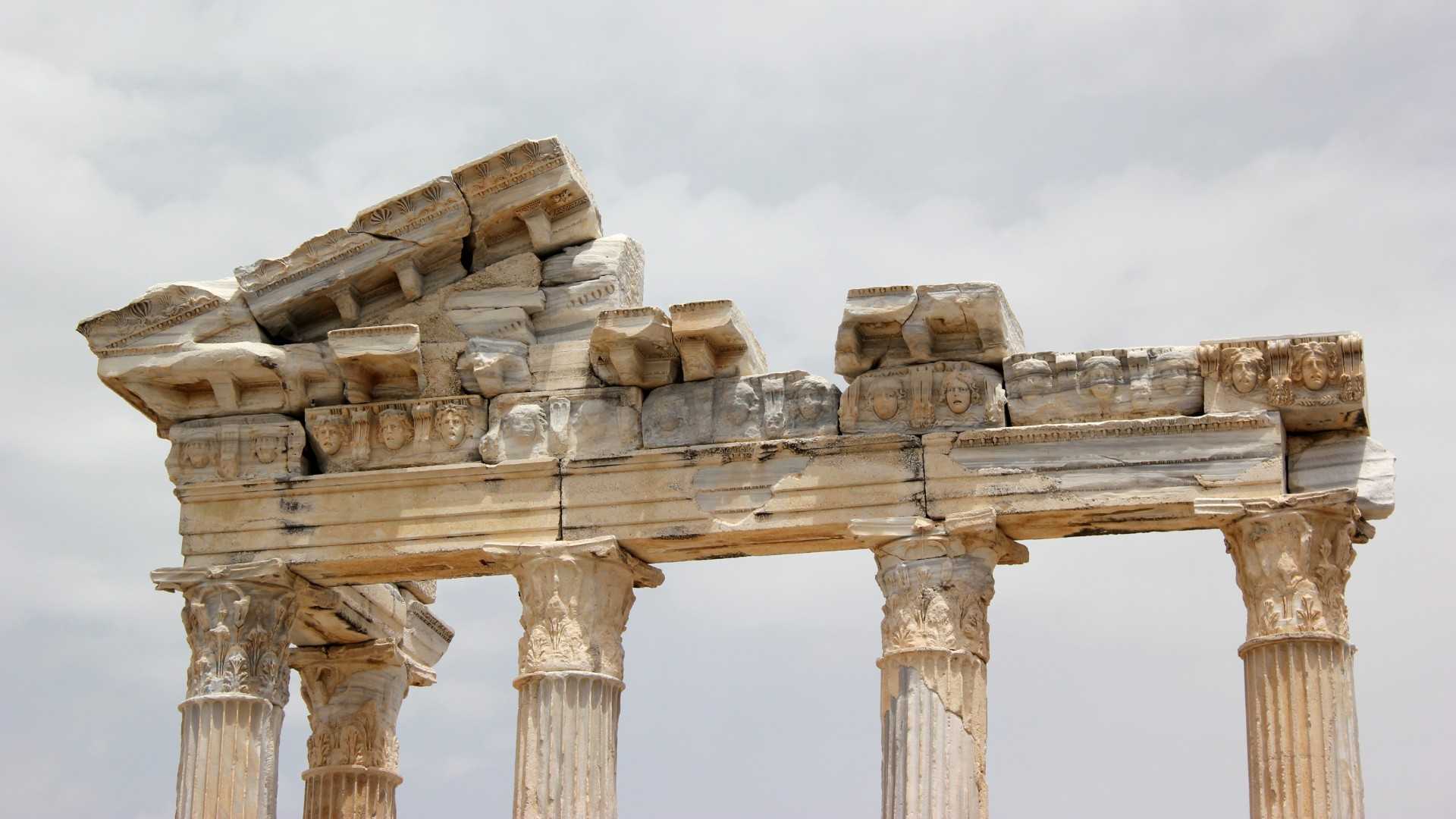Listen to Greg Koukl and Michael Kruger discuss the Ehrman article.
Just in time for Holy Week—it’s just about a tradition now for Christmas and Easter—Bart Ehrman is raising the same old doubts about the New Testament documents. His conclusion is that we can’t know what really happened during the first Holy Week. The historical claims of the Gospels are unreliable.
One of Ehrman’s fundamental premises behind pretty much everything he writes is that the New Testament documents were not written by eyewitnesses. They were written very long after the events and are therefore unreliable products of oral transmission or just plain fiction.
If you learn some basic facts about the dating of the New Testament writings, you can see the problems with Erhman’s conclusions. This video by Frank Turek is a great, short explanation of evidence for the early dating of the New Testament books. There’s ample reason to believe the Gospels were written by the eyewitnesses Matthew, Mark, and John, and Luke is the investigative report of interviewed eyewitnesses.
The problems of memory and oral transmission Ehrman brings up to undermine the Gospels’ reliability are undercut when you realize that not that much time had passed when the accounts were committed to writing by the people who witnessed them. These were astounding events, which tends to burn things into memory. The events were also shared by many people, which helps support accurate memories and details. And the eyewitnesses began relaying these events to others very shortly after the resurrection. The Holy Week details were part of what they taught over and over from the beginning. And Luke interviewed many people for his account so he was able to get corroboration from various eyewitnesses.
Lee Strobel quotes A.N. Sherwin-White of Oxford in his recent article:
Is the resurrection a legend? Not a chance. A. N. Sherwin-White of Oxford said it took more than two generations of time in the ancient world for legend to develop and wipe out a solid core of historical truth. Yet we have a report of the resurrection—that Jesus appeared to named individuals and groups of eyewitnesses—which has been dated to within months of Jesus’ death.
Ehrman always sows doubt with a few issues. But looking at the scholarly evidence demonstrates that the Gospels are eyewitness accounts written within the living memories of the authors and others who lived through the events. They’re reliable accounts.
You can find Greg’s evaluation of Ehrman’s claims about the New Testament in this issue of Solid Ground.

